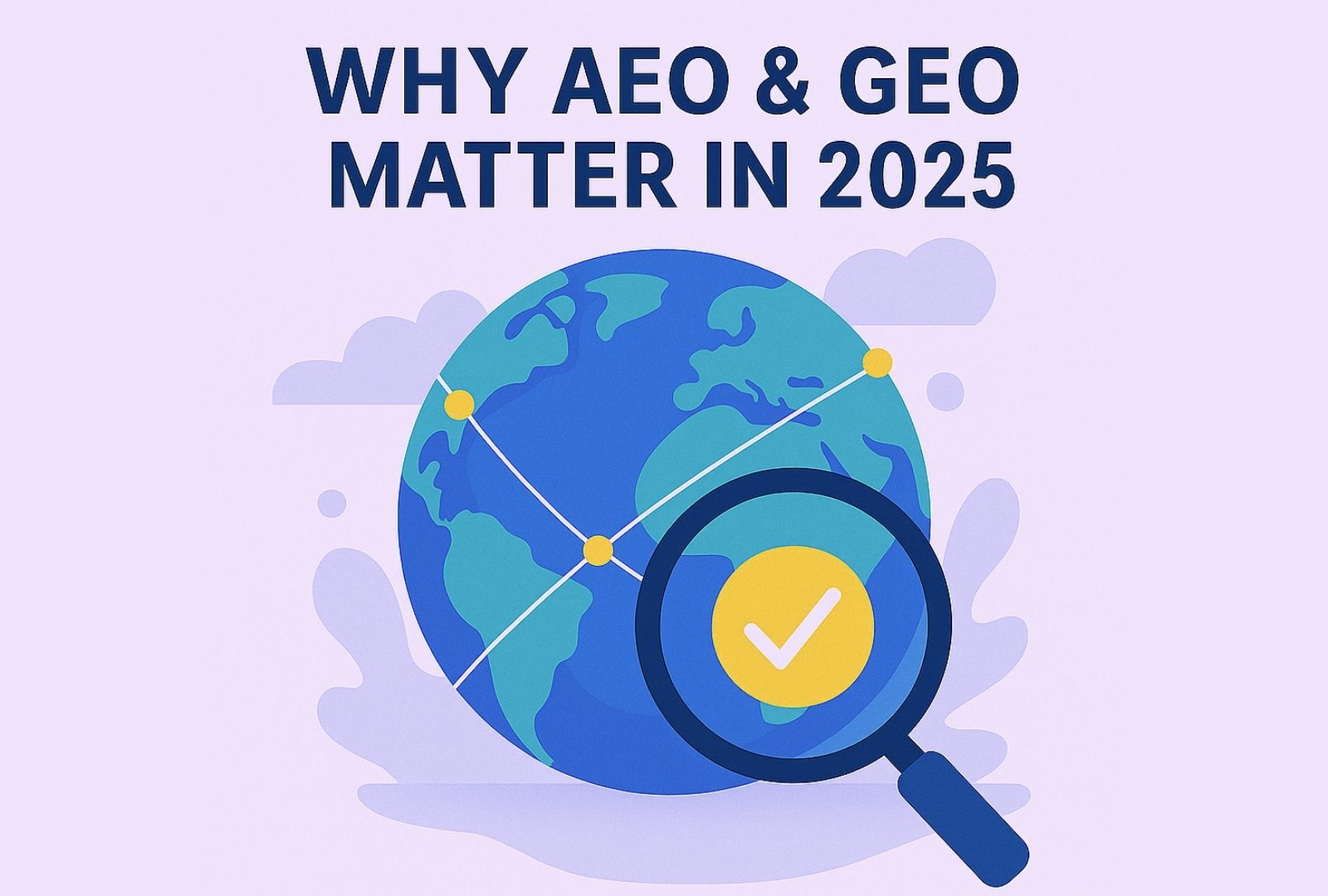A well-crafted marketing business plan serves as the blueprint for your marketing efforts. It outlines your goals, strategies, and the steps necessary to achieve them. This clarity is crucial in ensuring that all marketing activities are aligned with your overall business objectives. As you prepare for 2025, it’s vital to revisit and revise your marketing business plan to align with emerging marketing priorities 2025 and trends. Regular updates to your plan ensure that you are not only reactive to changes in the market but also proactive in setting industry standards.
Key Components of a Marketing Plan Format
When structuring your marketing plan, consider these key components:
- Executive Summary: Provide a brief overview of your marketing goals and strategies. This section should succinctly capture the essence of your plan, offering a snapshot that can quickly engage stakeholders. It acts as a pitch for your plan, ensuring that readers understand the value and direction from the outset.
- Market Analysis: Analyze your target market, including demographics, buying behavior, and needs. Understanding these elements allows you to tailor your strategies effectively. A thorough market analysis also helps in identifying gaps in the market that your business can exploit, offering a competitive advantage.
- Marketing Goals: Define clear, measurable objectives you aim to achieve. These goals should be aligned with your business’s broader objectives and be SMART (Specific, Measurable, Achievable, Relevant, Time-bound). Setting well-defined goals ensures that all team members are working towards the same outcomes.
- Strategies and Tactics: Outline the approaches you will use to reach your goals. This section should detail the specific actions you will take and the channels you will use. Developing robust strategies requires a deep understanding of your audience and the competitive landscape.
- Budget: Allocate resources wisely to ensure effective implementation. A well-planned budget prevents overspending and ensures that funds are directed towards the most impactful activities. Regularly reviewing and adjusting your budget is crucial as market conditions change.
- Performance Metrics: Establish criteria for evaluating success. These metrics help in assessing the effectiveness of your marketing strategies and tactics. By regularly measuring performance, you can make informed decisions on where to adjust your efforts for better outcomes.
A comprehensive marketing business plan not only guides your efforts but also helps secure buy-in from stakeholders. It serves as a communication tool that aligns the entire organization towards common marketing objectives, fostering a unified approach to market challenges.
Prioritizing Targeted Marketing in 2025
Targeted marketing is about reaching the right audience with the right message. This approach ensures that your marketing resources are used efficiently, focusing on individuals who are most likely to convert. In 2025, personalization will be more crucial than ever, as consumers increasingly expect brands to understand and cater to their unique preferences. Tailoring your marketing efforts to specific segments of your audience can significantly enhance engagement and conversion rates. This personalized approach not only improves immediate sales outcomes but also builds long-term brand loyalty.
Strategies for Effective Targeted Marketing
- Data-Driven Insights: Use analytics tools to gather data on customer preferences and behaviors. This information can inform your marketing strategies and help create personalized experiences. By leveraging data, you can identify trends and patterns that provide a deeper understanding of your audience, enabling more effective targeting.
- Segmentation: Divide your audience into smaller, more manageable groups based on characteristics like age, location, and purchasing habits. This allows for more precise targeting and more relevant messaging. Segmentation also enables you to test different strategies within different groups, optimizing your approach based on performance results.
- Personalized Content: Develop content that speaks directly to the needs and interests of each segment. Personalized email marketing campaigns, for instance, can drive higher open rates and conversions. Beyond emails, consider personalizing content across all customer touchpoints, from website experiences to product recommendations, to create a cohesive and engaging customer journey.
Adapting to Marketing Trends in 2025
As we move towards 2025, several marketing trends 2025 are set to shape the marketing landscape. These trends are not just technological but also reflect broader societal shifts that impact consumer expectations. By staying informed and adaptable, businesses can capitalize on these developments, turning potential challenges into opportunities for innovation and growth.
Embracing Digital Transformation
Digital transformation continues to revolutionize how businesses interact with customers. In 2025, investing in digital tools and platforms will be a priority for marketers. This includes enhancing your online presence, optimizing for mobile, and leveraging AI and machine learning to streamline operations. The ongoing integration of digital solutions not only improves efficiency but also provides deeper insights into customer behavior, enabling more effective marketing strategies.
Leveraging Email Marketing Campaigns
Email marketing remains a powerful tool for engaging with customers. In 2025, focus on creating personalized and interactive email campaigns that resonate with your audience. Consider incorporating video content, interactive elements, and dynamic personalization to make your emails stand out. Additionally, automation can help deliver timely and relevant content, ensuring that your brand remains top-of-mind for your audience.
Social Media and Influencer Marketing
Social media platforms will continue to be pivotal in marketing strategies. Their dynamic nature and wide reach make them ideal for engaging diverse audiences. Leverage the power of influencers to reach new audiences and build brand credibility. Authentic partnerships with influencers who align with your brand values can amplify your message and drive growth. By carefully selecting influencers and crafting genuine collaborations, you can enhance your brand’s authenticity and appeal.
Setting Marketing Priorities for 2025
To thrive in 2025, businesses must prioritize certain areas within their marketing strategies. These marketing priorities 2025 should reflect both emerging market trends and core business values. Here are some key priorities to consider that will help sustain growth and competitive advantage:
Sustainability and Ethical Marketing
Consumers are increasingly conscious of sustainability and ethical practices. Brands that demonstrate a commitment to environmental responsibility and social values will resonate more with consumers. Consider implementing eco-friendly practices and highlighting these efforts in your marketing campaigns. This not only appeals to eco-conscious consumers but also positions your brand as a leader in ethical business practices, enhancing reputation and customer loyalty.
Enhanced Customer Experience
Providing an exceptional customer experience is crucial for retaining customers and generating word-of-mouth referrals. Focus on delivering seamless interactions across all touchpoints, from initial contact to post-purchase support. This involves understanding customer needs and preferences, and continuously refining processes to improve satisfaction. By prioritizing the customer experience, businesses can differentiate themselves in a crowded market and build enduring relationships with their customers.
Integrating Sales and Marketing Efforts
Aligning sales and marketing teams can lead to more cohesive strategies and improved results. By fostering collaboration, you can ensure that marketing campaigns support sales objectives and vice versa. This alignment requires open communication and shared goals, ensuring that both teams work towards the same outcomes. Integrated efforts enhance efficiency and effectiveness, driving better business results.
Conclusion
As we prepare for the future, adopting these essential marketing strategies will be crucial for business growth in 2025. By refining your marketing business plan, prioritizing targeted marketing, staying ahead of trends, and setting clear priorities, your business can navigate the challenges of the evolving market landscape. These strategies are not only about reacting to changes but proactively shaping the future of your business.
Remember, the key to success in 2025 and beyond lies in adaptability and a commitment to understanding and meeting your customers’ needs. With the right strategies in place, your business can thrive and achieve sustained growth in the years to come. By continuously learning and evolving, businesses can not only survive but excel in the competitive world of tomorrow.






